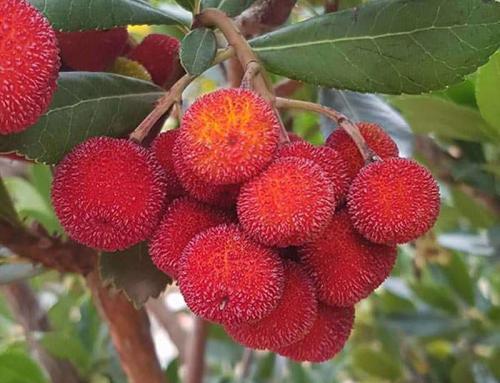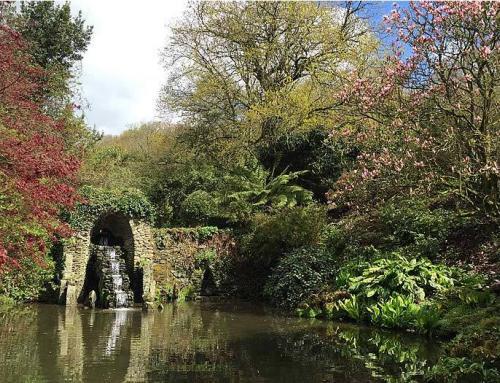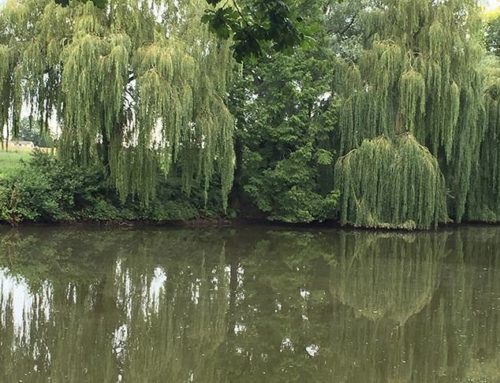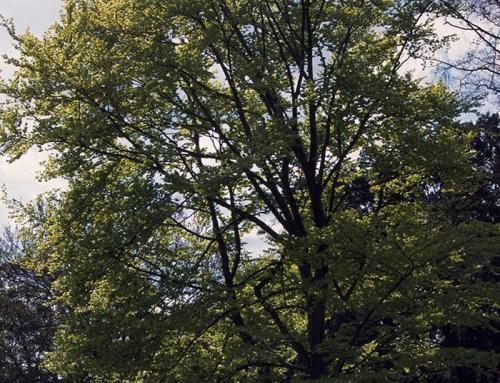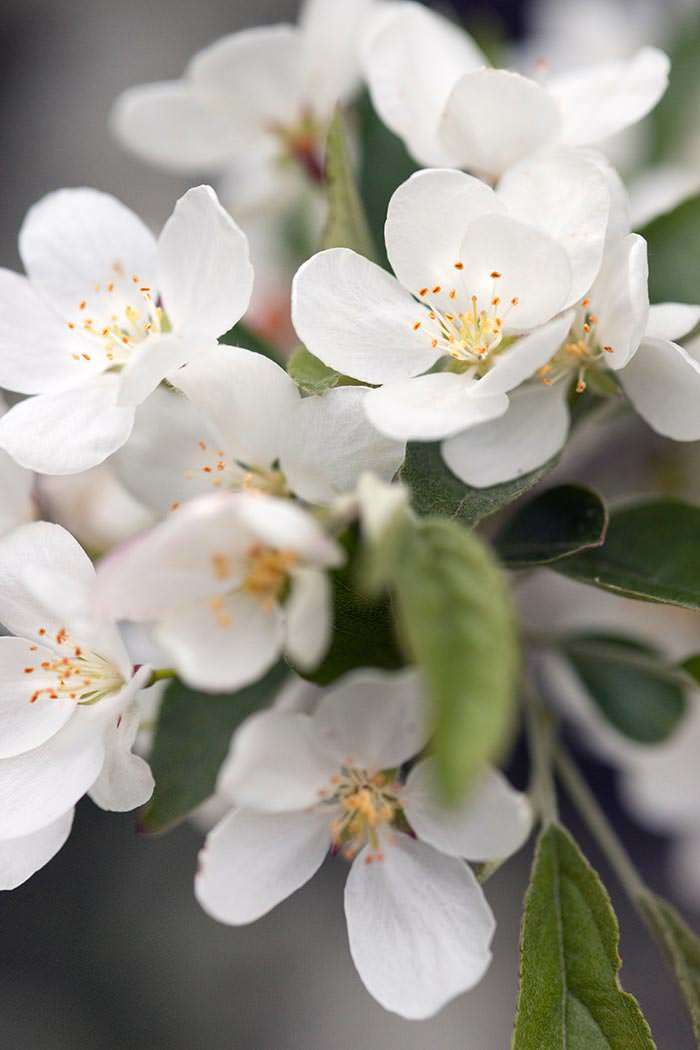
Crab Apple Trees for Sale – Toringo crabapple is a beautiful example of these charm these flowering trees.
Considered to be a heritage fruit tree, crab apple is a cherished cultivar with a proven performance in the United Kingdom. We offer crab apple trees for sale that are among the best-loved ornamental trees for small gardens, mainly for their compact size, gorgeous pink blossoms, and the abundant crop of tiny decorative fruit.
As a deciduous cultivar, this ornamental flowering tree offers versatility throughout seasons, from prolific blossoms in the spring to attractive fruits in the autumn. But, although the showy appearance is the most popular feature of crab apple trees, it’s not the only thing that makes them a favourite with gardeners. Crab apples need very little maintenance and are exceptionally hardy, making for a stunning addition to the landscape that requires no particular care.
What about crab apple fruit? Can you eat those dainty, rosy apples? When eaten straight from the tree, the crab apples are quite astringent, though their pectin and acid content makes them ideal for setting preserves. And if not used to make jams and jellies but left unpicked, crab apples will be appreciated by birds who enjoy feasting on them in the winter.
Origin and History of Crab Apple Trees
Although they are very similar at first glance, crab apple trees and cultivated apples are not to be confused. The fruit borne by each is very different: crab apples are much smaller and don’t have the sweet taste eating apples are treasured for. In a way, this heritage tree is best described as a “wild apple,” since it rustic looks resemble the ancestors of the cultivated apple.
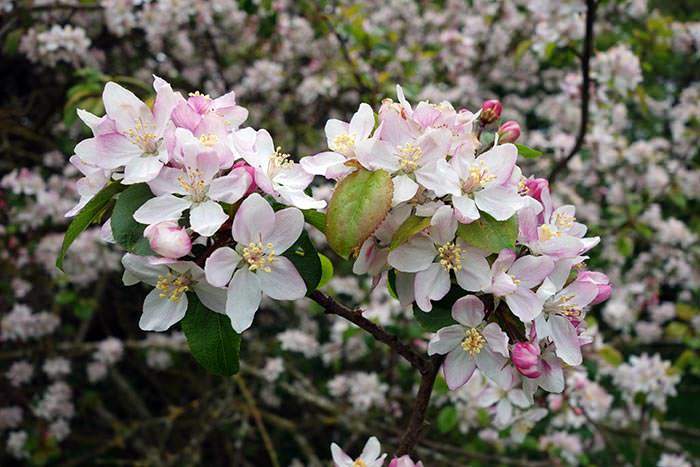
Crab Apple Trees for Sale – this is the spring bloom of the showy Malus Sylvestris.
However, both Malus Domestica, the common orchard apple, and Malus Sylvestris, the showy crab apple, are thought to originate from the same species: Malus Sieversii. This wild apple originated in Central Asia, where it was found by Alexander The Great (who first brought it back to Europe), and it can still be found growing, though scarcely, in today’s Kazakhstan.
It is also important to note that the crab apple trees are all the Malus that are not ‘Domestica’ – which is the eating or cooking apple. This includes over 35 species and 700 cultivated varieties of the pretty deciduous tree. It is fair to say that there is plenty of choices when it comes to crab apple trees for sale, so how do you know which crab apple variety is the best one for you?
Crab Apple Trees for Small Gardens
Highly-decorative and compact, crab apple trees come in a variety of shapes and sizes but usually stay petite enough to fit in any landscape. However, depending on the use you have in mind for this handsome ornamental tree, even the slightest variations in size can make a difference.
If you are looking for crab trees for sale that are a perfect fit for small gardens; varieties that don’t grow over 10 metres when fully mature are an excellent choice. Consider native Common Crab Apple as a specimen tree, as its crooked growth habit and delicate pinkish white blossoms make a beautiful contrast. Another exceptional cultivar for limited space is Malus Evereste, prized for its conical shape and dwarf habit (maximum height of this crab tree is 7 metres).
We offer various small to medium crab trees for sale, including varieties such as:
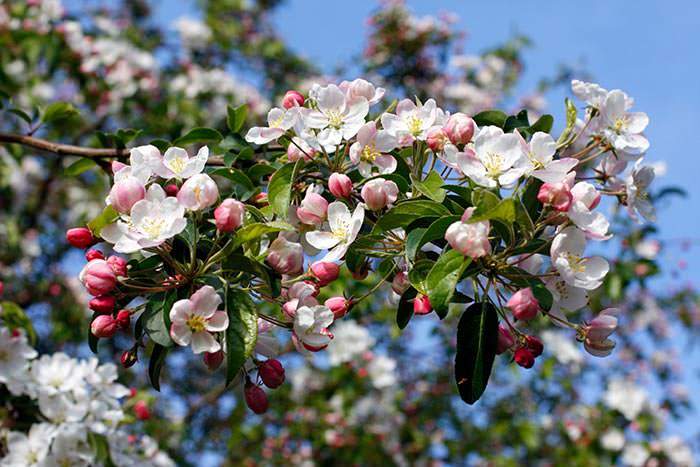
Crab Apple Trees for Sale – this cultivar is known as Malus Professor Spenger.
With a height of 5 to 6 metres and spread of 4 to 6 metres in 20 years, this showy variety is ideally suited for tiny spaces. As it is highly tolerant of urban pollution, it will thrive in small urban gardens.
Crab Apple Rudolph
Choose this compact variety for its profusion of deep pink blossoms and orange blushed fruit that follows them. We offer Malus Rudolph as a pleached tree, as well.
Malus Red Sentinel
Borne in clusters, the fruit of this ornamental crab apple will add a dramatic show of scarlet and crimson hues to your garden. An ideal candidate to be grown as a focus of interest in small gardens.
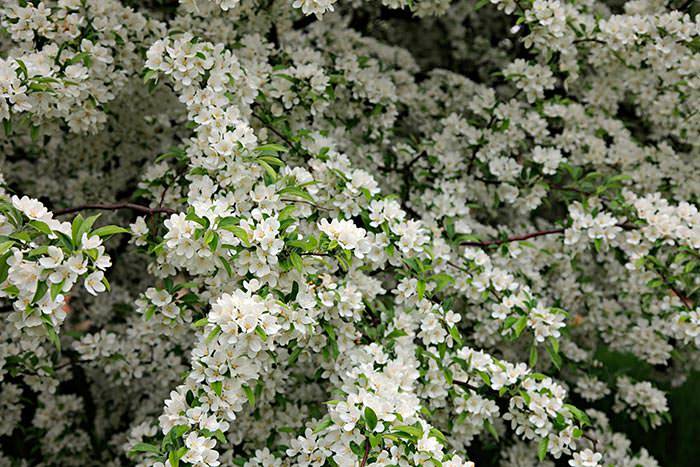
Malus Toringo Brouwers Beauty is among the smallest of all crab apple trees.
This variety of Japanese crab apple is the smallest among its relatives: with a maximum size of circa 3 metres, it can be successfully grown in a large container. Best known for masses of white flower that completely envelop the tree in spring.
Malus Trilobata
Also known as Lebanese Wild Apple, this rare crab apple tree variety is one of the most unusual we have for sale. It is best known for its distinct maple-like foliage that turns to hues of reddish purple in the autumn.
And, in case you are looking for slightly larger crab apple cultivars for your garden , we recommend these varieties:
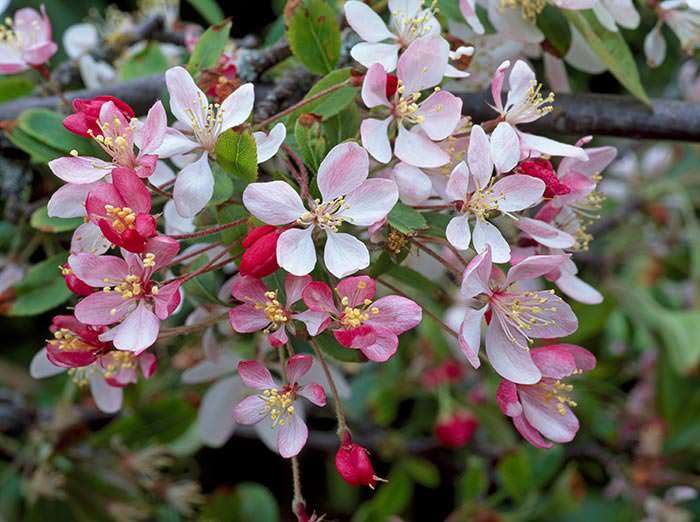
This is Malus Floribunda , one of the largest crab apple trees.
Japanese Crab Apple can grow to be up to 12 metres high, and it is ideally suited for a larger lawn where its pale pink blossoms and good autumn colour can be fully appreciated.
Malus Tschonoskii
One of the best crab apple trees for autumn foliage colours, this attractive variety is around 12 metres high when fully mature.
Instant Above Fence Screening with Pleached Crab Apple Trees
Pleached crab apple trees are a marvel to look at, particularly in the spring, where romantic blossoms drape the intertwined branches and create a breathtaking floriferous stilted hedge. In addition to our selection of crab apple trees for sale as full standard, we offer Malus cultivars already shaped and trained for above wall screening.
Pleached Malus John Downie
The glossy green leaves of this UK native will provide multiple seasons of privacy, enhanced by fragranced blossoms and red flushed fruit that offers ornamental value.
Pleached Malus Rudolph
The bronze-red young leaves add a touch of elegance to an above wall hedge, and the distinct pinkish flowers and crab apples that follow them are bound to attract attention.
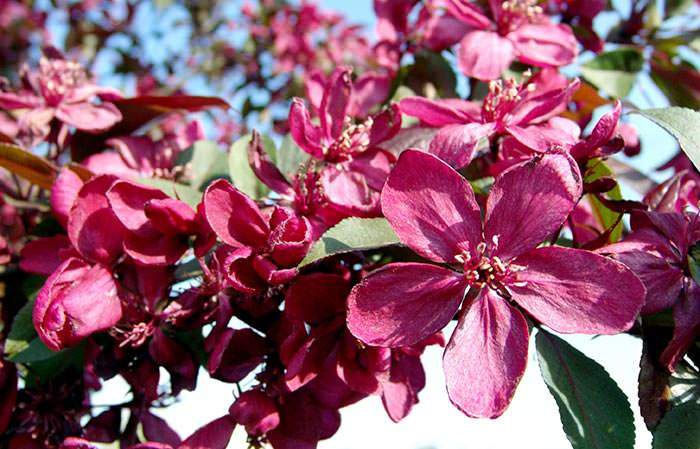
Crab Apple Trees for Sale – Pictured here is Malus Mokum, prized for its pink flowers.
With vibrant foliage that changes colours from reddish to golden yellow, rose pink flowers, and long-lasting fruit, your raised hedge will be the crown jewel of the garden.
Pleached Malus Golden Hornet
The heavy crops of miniature golden yellow fruit will stay on the trained branches well into winter, ensuring that your crab apple stilted hedge offers not only year-round architectural value but also ornamental one.
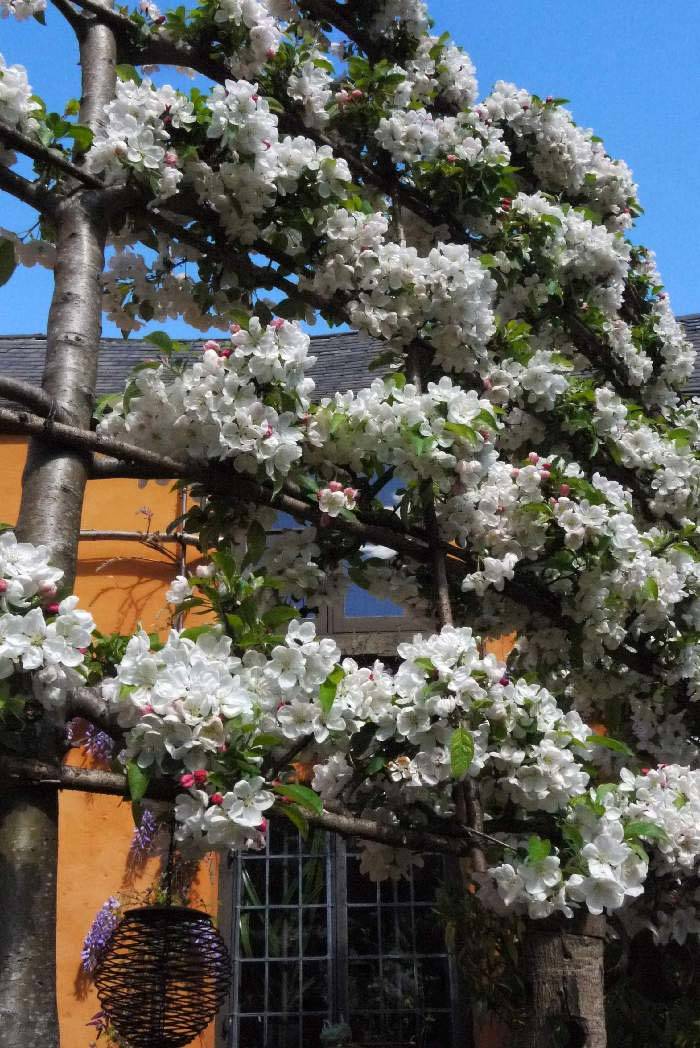
Spring Flowering Plants and Trees – Espalliered Crab Apple trees in blossom

